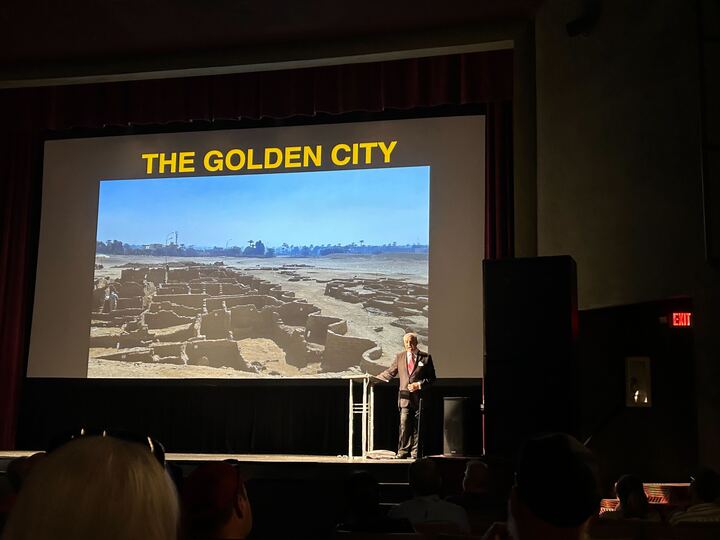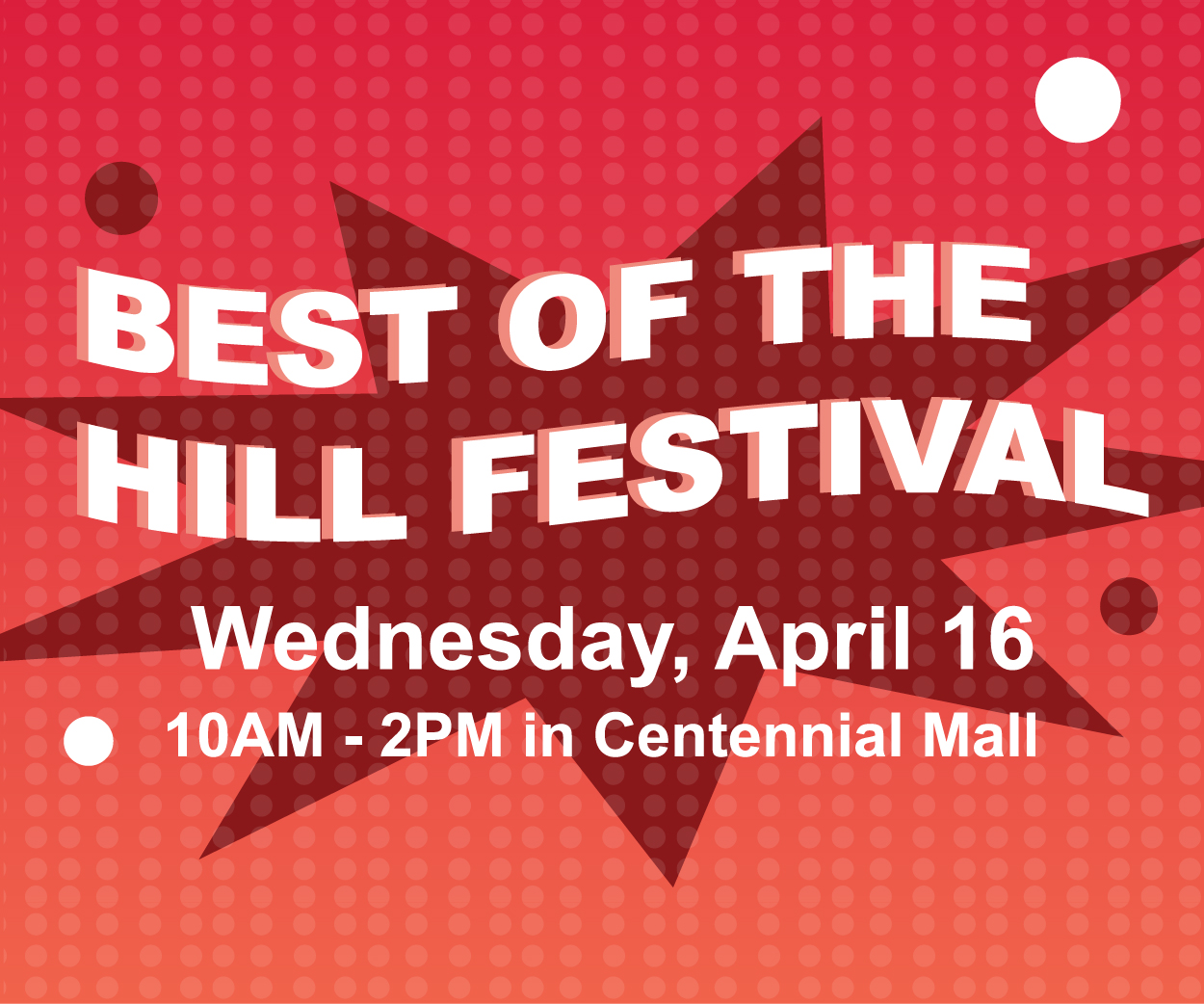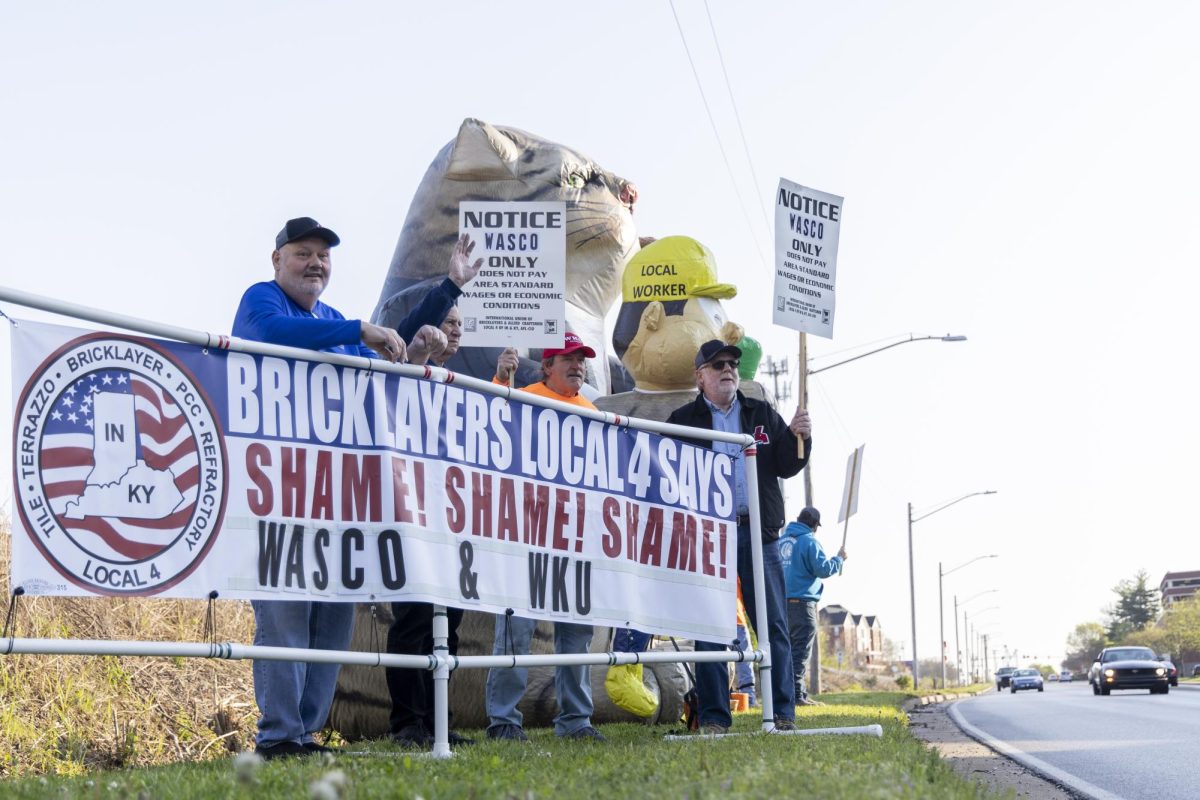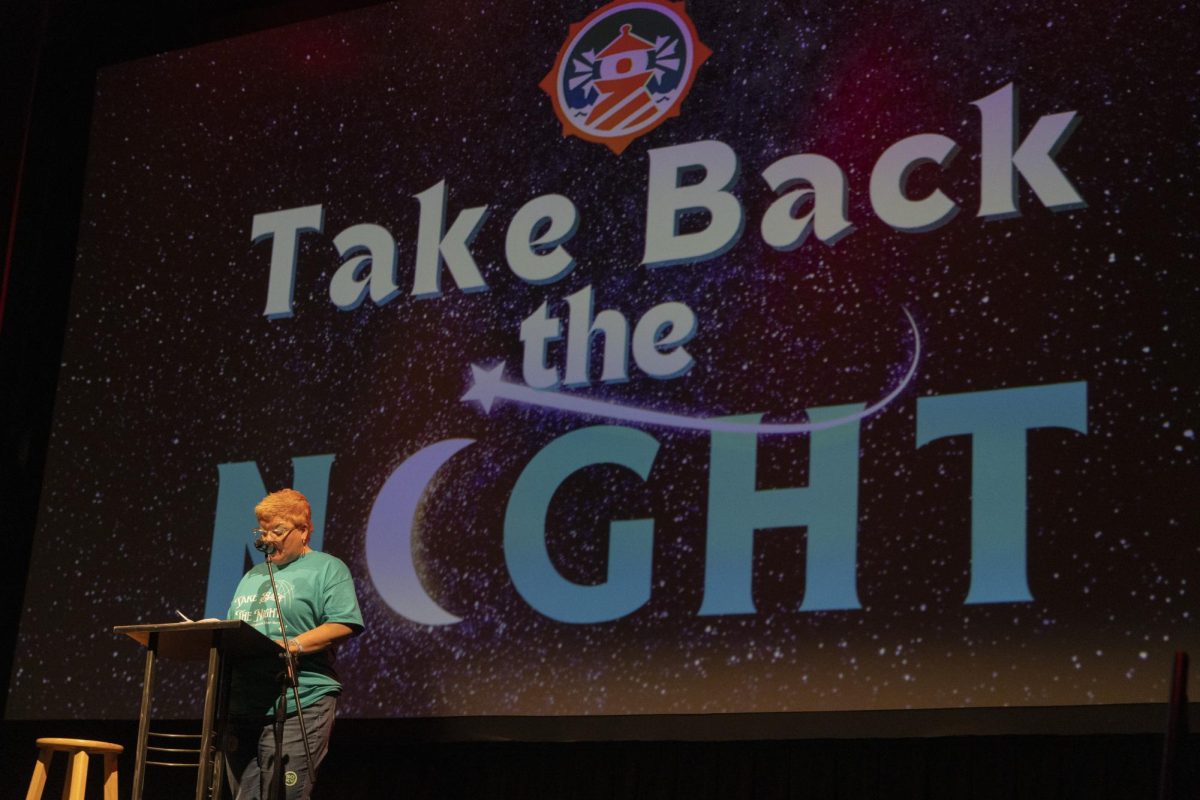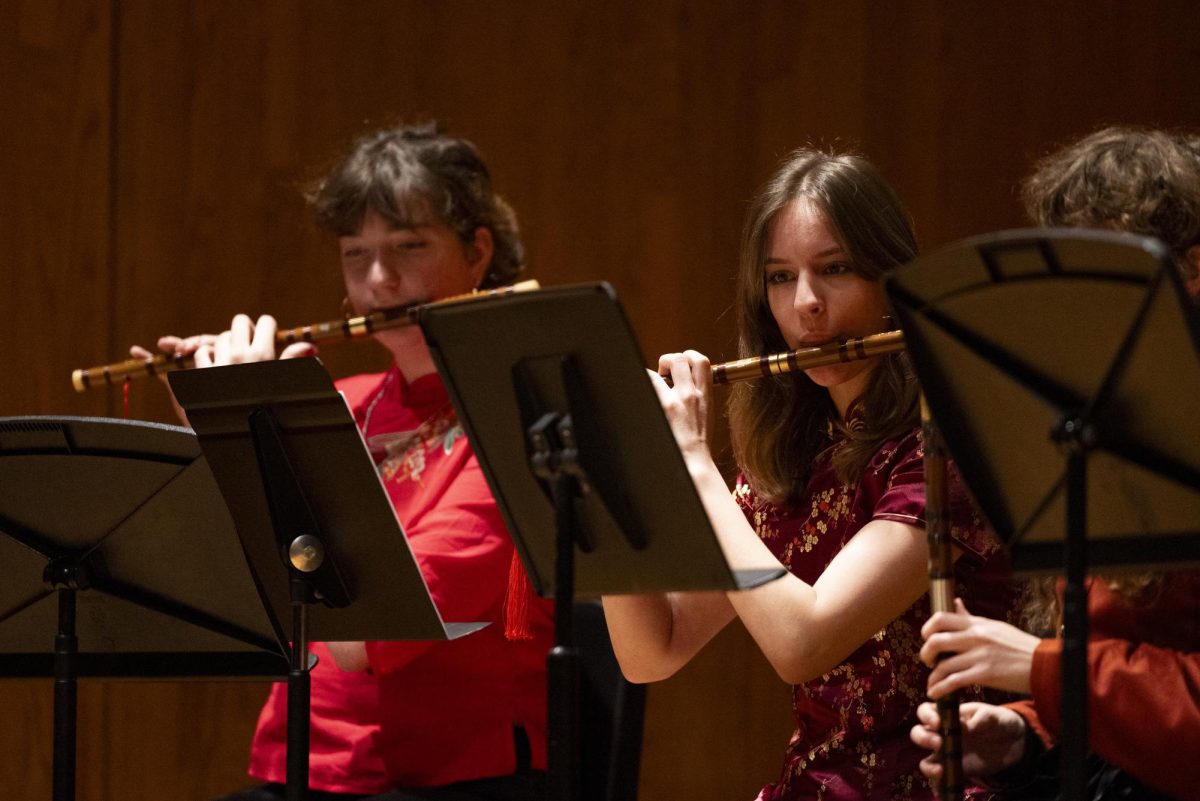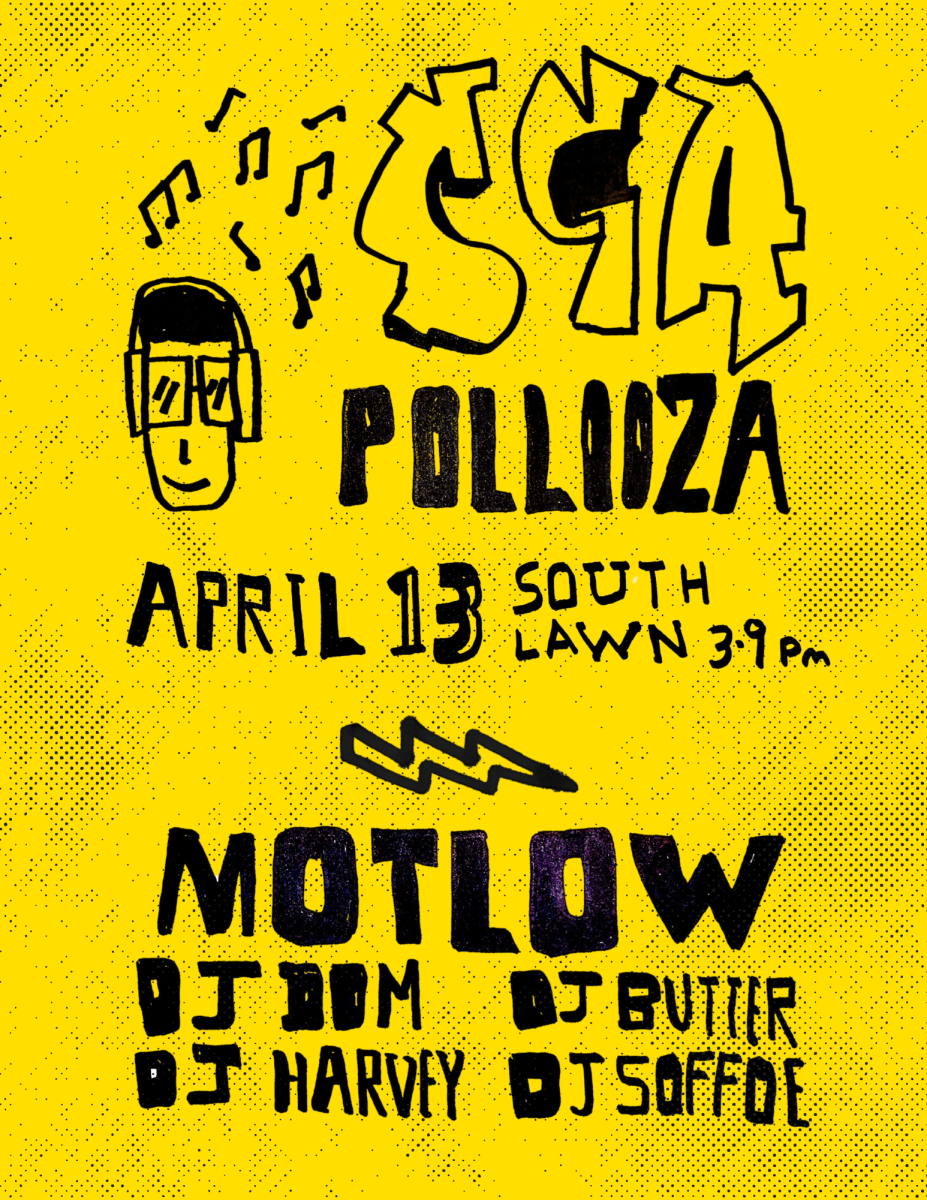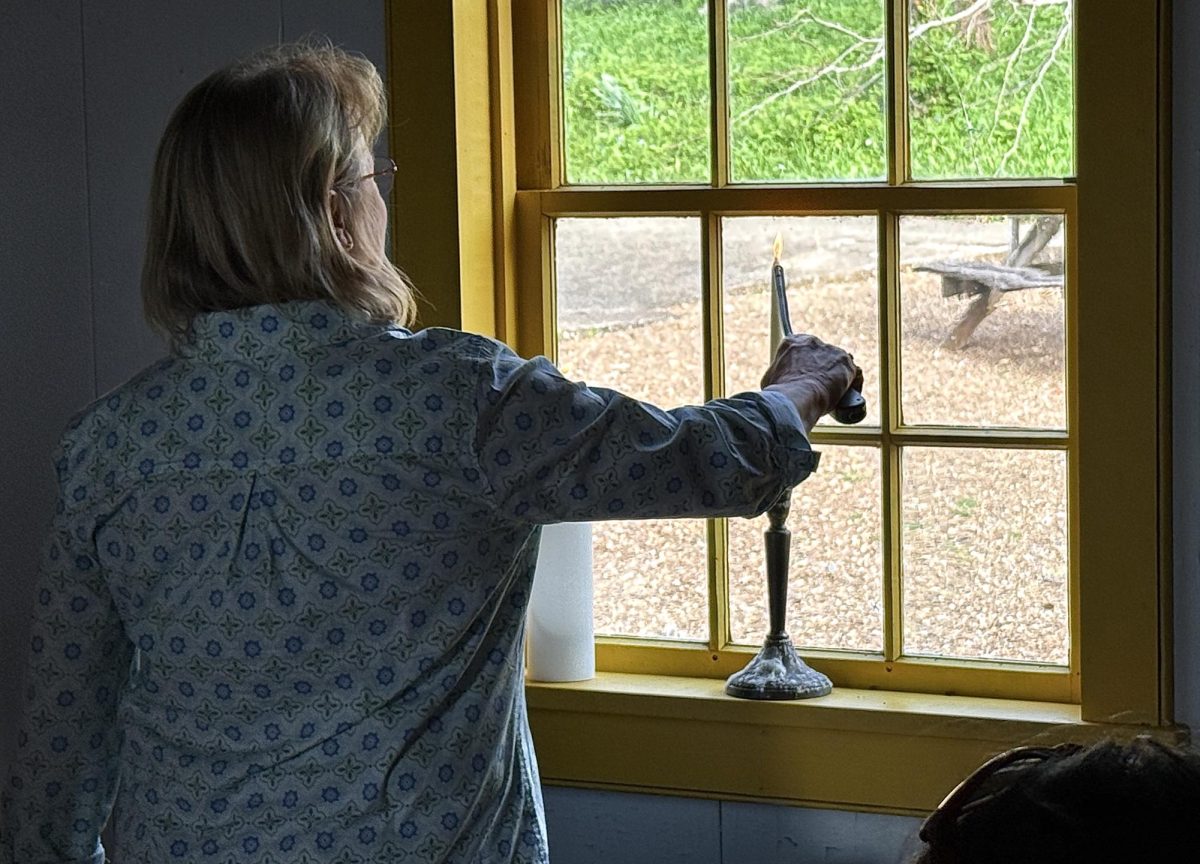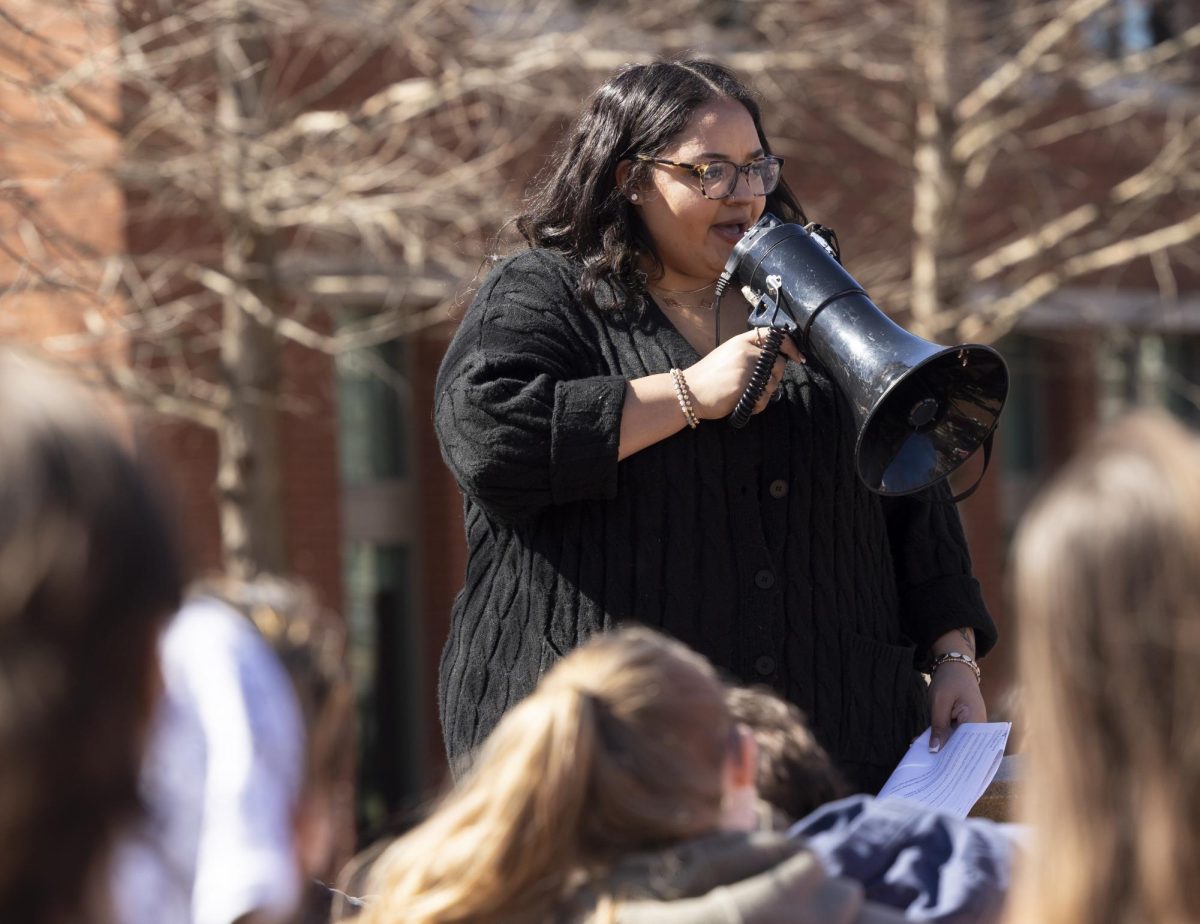Inside the Great Pyramid of Khufu, Zahi Hawass is searching to understand the voids that could share insight on the construction and people of the pyramid.
Hawass, an Egyptologist, archaeologist and former secretary general of the supreme council of antiquities in Egypt, is well known for his countless discoveries and work in preserving Egypt’s archaeological heritage. At the Capitol Arts Center in downtown Bowling Green on Saturday, Aug. 24, Hawass shared his newest discoveries from the pyramids and the Valley of the Kings.
“I’m really happy to come this year, because this year 2025 is going to be the most important year for archaeology,” Hawass said. “Tonight, I’m going to tell you about things that you’ve never heard before, things that are going to be on live TV from Cairo as major, important discoveries that they’re making.”
Magnolia Gramling, manager at the Capitol, said speakers like Hawass are incredibly valuable to the education and entertainment of the Bowling Green community.
“A big mission of public libraries everywhere, and we’re no exception, is public education,” Gramling said. “And we are really passionate here at the Capitol branch about equitable entertainment. And this is such a great cross-section of the two.”
This visit, organized by the Warren County Public Library, was Hawass’ eighth time in Bowling Green. He was first invited by Lisa Rice, former WCPL director.
“Part of the really cool thing about that is we’ve had the opportunity to develop this relationship over time,” Gramling said. “That is something that we’re uniquely positioned to be able to do because of the support from our community, to be able to host someone, get this great feedback, develop a relationship and have ongoing programming with people who love our library system, love what we do and who really also believe in the mission.”
With his archaeological work spanning back to the 1960s, Hawass, who has a doctorate in Egyptology from the University of Pennsylvania, has headed various excavations and research projects. These include discovering the tombs of the Pyramid Builders, beginning the Egyptian Mummy Project and using medical technology to identify mummies.
His lecture began with a video introducing his work. Then, Hawass delved into the discovery of two voids inside the Great Pyramid, one of which was found to be a hidden internal corridor above the main pyramid entrance.
“If you look at infrared, you look at ultrasound, all this actually can go through stones,” Hawass said.
In December, Hawass and a team of scientists will attempt to further explore the corridor and any voids behind it with endoscopes and microdrill technology. It will be broadcasted live from Cairo on the Discovery Channel.
Hawass also discussed findings at the Temple of Hatshepsut, including various mummies, pottery, burial goods and children’s toys.
“This is the game, the Senet game that the Egyptians played,” Hawass said about an artifact found in layers of sand near the temple. “We found it inside the very temple, because the ancient Egyptians would play this game. It’s like chess, if you win, you’ll go safely to the afterlife.”
A key part of his career is his work with the Egyptian Mummy Project, which uses modern forensic and medical technology to analyze Egyptian mummies. Hawass explained his identification of the mummy of Hatshepsut and other mummies from the same location.
Hawass is also largely involved in the fight to return artifacts from the British Museum to Egypt.
“On September 7th, I’m writing a petition to ask for the return of the statue of Queen Nefertiti,” Hawass said, encouraging guests to also sign the petition for the return of the Rosetta Stone.
In the final section of the lecture, Hawass shared about the discovery of “The Golden City” in 2021, a well-preserved city with building foundations and artifacts, located near the Valley of the Kings.
“The most important [is] that we found six districts and nine workshops. Each district has a discovery,” Hawass said.
The 18th-dynasty city is believed to be the largest ancient city found in Egypt. Artifacts uncovered so far include storage pots with hieroglyphic inscriptions of what was inside, painted wall sections, jewelry and statues.
“The most important discovery after the tomb of the city is really, in my opinion, a major, important discovery because it tells us for the first time about the life of the artisans who made this great civilization,” Hawass said.
Kelsey Tullis, who works with events at the Capitol and is also a dance instructor at SOKY Dance Arts, saw Hawass speak several years ago at WKU.
“What’s really cool about him is that he owns such a different type of perspective,” Tullis said. “Like, I think every little kid grows up wanting to know more about mummies, and he totally fulfills that dream.”
News Reporter Alexandria Anderson can be reached at alexandria.anderson337@topper.wku.edu.



